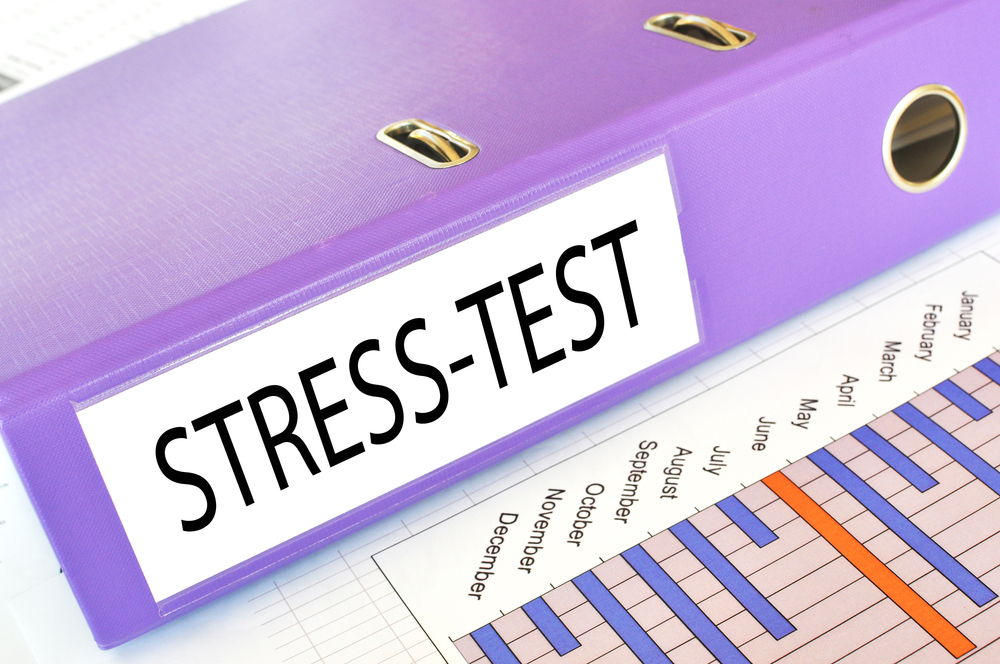The results of the Federal Reserve Board’s supervisory stress tests show that the nation’s largest banks are strongly capitalized and would be able to lend to households and businesses during a severe global recession.

The stress tests are hypothetical scenarios the Fed employs to test the stability of banks under various economic conditions. In the most extreme hypothetical scenario, the Fed projects $578 billion in total losses for the 35 banks during the nine quarters tested. It is a severe global recession with the U.S. unemployment rate rising by almost 6 percentage points to 10 percent, accompanied by a steepening Treasury yield curve.
The firms’ aggregate tier 1 capital ratio, which compares high-quality capital to risk-weighted assets, would fall from an actual level of 12.3 percent in the fourth quarter of 2017 to a minimum level of 7.9 percent in the hypothetical scenario.
Since 2009, the 35 firms have added about $800 billion in common equity capital. They represent about 80 percent of the assets of all banks operating in the United States.
“Despite a tough scenario and other factors that affected this year’s test, the capital levels of the firms after the hypothetical severe global recession are higher than the actual capital levels of large banks in the years leading up to the most recent recession,” Fed Vice Chairman Randal Quarles said.
Capital is critical to banks and the financial system because it provides a cushion to absorb losses, according to the Fed. The stress tests are not forecasts or expected outcomes, however.
The stress tests were created as part of the Dodd-Frank Act stress tests and are one component of the Federal Reserve’s analysis during the Comprehensive Capital Analysis and Review (CCAR).
The Fed also announced last week that banks with less than $100 billion in total consolidated assets are no longer subject to supervisory stress testing.